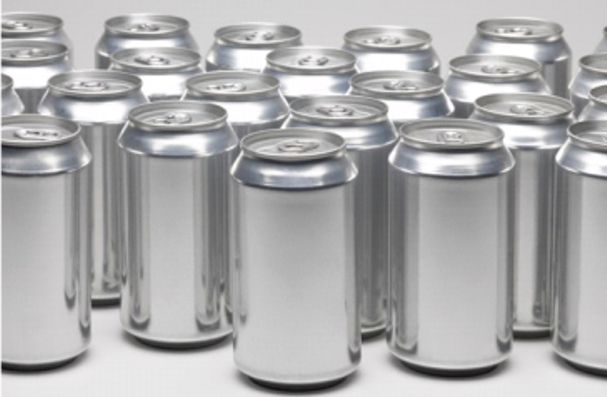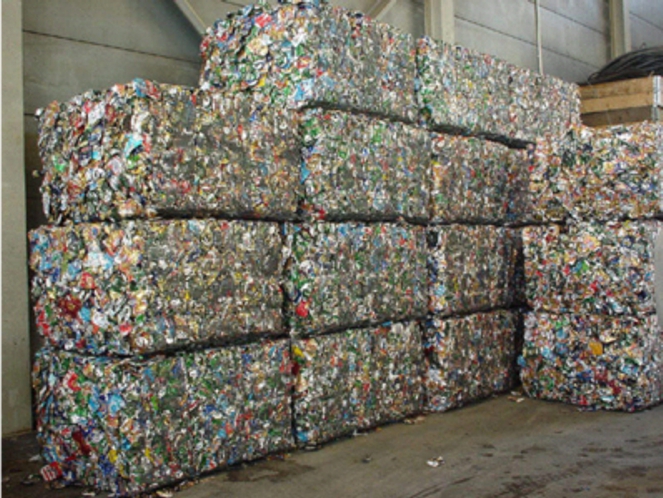Aluminium
Aluminium is part of the boron group (group 13 of the periodic table). It is the second most abundant metallic element behind silicon. It is very light, about a third the weight of steel. It is easily machined and cast, and alloys well. It is a good conductor of heat and electricity. It is naturally corrosion resistant, forming a protective oxide film when exposed to oxygen.
The aluminium ore bauxite was first discovered in France in 1821. Bauxite is mostly aluminium oxide/hydroxide compounds along with silica, iron oxides and titanium dioxide. In addition to aluminium, bauxite is also the main source of gallium. The first aluminium was produced by Henri-Etienne Sainte-Claire Deville in 1856, using an expensive chemical process. At the time aluminium was very expensive and only used in upper class jewellery. By 1888 only 200 tonnes had been produced.
This was to change in 1886. The electrolytic process that is used today was simultaneously discovered by Paul Héroult in Switzerland and Charles Hall in the US. The Aluminium Industry Joint Stock Company in Neuhausen, Switzerland and the Pittsburgh Reduction Company in Pittsburgh, US were both established in 1888. In 1888 Charles Bayer invented a cheap method of producing alumina from bauxite.
In essence, the Bayer process combines sodium hydroxide and bauxite in a pressure vessel. After filtering, aluminium hydroxide is heated in a kiln to form aluminium oxide (Al2O3). The waste is “red mud” which can ultimately be reclaimed, and the ground returned to its original state.
The electrolytic process takes alumina from the Bayer process and puts it in a bath of molten cryolite (NaAlF6), known as a reduction cell. When a high amperage current is applied aluminium oxide is reduced to the metal, which flows to the bottom of the cell, and the oxygen combines with carbon to form carbon dioxide.
The molten metal is then taken to the casthouse where it is alloyed and cast into shape.
Today aluminium is used in virtually every economic sector, it is the most common metal next to iron. In 2019 64Mt was produced globally, over half of which was produced by China. Global resources are estimated to be 55 to75Bt, enough for hundreds of years.
The LME aluminium price is USD1479/t, with a range over the past 5 years of USD1432/t to USD2595/t. It has shown recent price weakness, along with other metals, as a result of the coronavirus.
The production of aluminium requires vast amounts of electricity which is why most plants are located near cheap electricity, such as that generated by hydro. Consequently, recycling has been an integral part of the industry. It was recycling of aluminium cans in the 1960’s that raised the profile of the recycling industry. About 75% of the aluminium ever produced is still in use today.
Aluminium cans awaiting recycling


